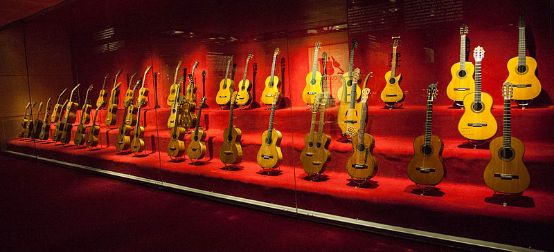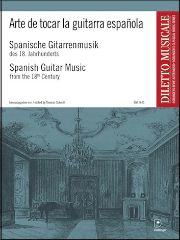Between Sanz and Sor
Until now, very little Spanish guitar music from the classical era has been available.

Over the course of the 18th century, the guitar developed from a five-choir baroque instrument with two strings per "choir" to the six-string concert guitar with simple strings that we are still familiar with today. Unfortunately, however, hardly any music from this period has survived, especially from Spain, the actual motherland of the guitar. Between Gaspar Sanz and Fernando Sor, there are no Spanish guitar composers who are regularly played today.
German-born guitarist and musicologist Thomas Schmitt, who has been teaching in Spain for a quarter of a century, is helping to close this gap. In the volume Arte de tocar la guitarra española he introduces us to compositions by four musicians who were popular in Spain during their lifetime, but about whom we know very little today. These are Fernando Ferandiere, Juan Antonio de Vargas y Guzmán, Isidro de Laporta and Antonio Abreu. There is also a sonata by an anonymous composer who probably came from Latin America. (Conversely, some of the pieces by de Vargas y Guzmán were only printed in Mexico).
The twenty classical-style numbers are neither technically nor musically demanding. Some of them are a succession of clichés and more or less original ideas, and one or two harmonic
This twist may hinder the development of a larger musical arc. The pieces sound beautiful when played on a contemporary instrument with gut strings, as can be heard on Thomas Schmitt's YouTube contributions. If - contrary to Fernandiere's instructions to adhere strictly to the musical text - some late baroque interpretation and ornamentation practice is added, they become even more attractive.
Arte de tocar la guitarra española. Spanish guitar music of the 18th century, ed. by Thomas Schmitt, DM 1445, € 19.95, Doblinger, Vienna 2015









